Focused on stretching and yoga poses, it can increase flexibility and ease back pain

If you’re interested in passive stretching tied in with ancient healing practices, Thai massage is your answer.
Advertisement
Cleveland Clinic is a non-profit academic medical center. Advertising on our site helps support our mission. We do not endorse non-Cleveland Clinic products or services. Policy
“Thai massage combines passive stretching and yoga poses with Ayurvedic and Chinese medicine practices,” explains licensed massage therapist and registered nurse DeBorah Hill, RN, LMT. “It’s an ancient form of healing — not a fitness activity or means of relaxation.”
Hill explains how Thai massage works, what benefits you may get from it and what to expect during a Thai massage session.
Thai massage, also known as Thai yoga massage or assisted yoga, doesn’t use oils and rubbing or kneading like traditional massage.
Instead, your therapist helps you perform passive stretches and yoga poses to promote well-being by using their body to assist and guide you throughout. Your massage therapist may use their hands, elbows, forearms and feet to help reduce tension in your muscles.
During a Thai massage, which is typically about 90 minutes per session, a therapist focuses on clearing sens, which according to traditional Thai massage means internal energy pathways, through movements and stretches.
“Thai massage has strong spiritual components based on Buddhism,” explains Hill. “The goal is to move your internal energy throughout your organs and body systems to achieve wellness. And your therapist is trained to send you loving kindness, or metta, during your session.”
Advertisement
Unlike Swedish massage or other Western massage techniques, which use a massage table, Thai massage starts with a mat or massage mattress on the floor. And unlike other massages, which have you remove most of your clothes, with Thai massage, you can leave your clothes on. Loose-fitting clothes are preferred.
It’s important to note that only a small percentage of massage therapists can properly perform Thai massage, so make sure you find someone who is certified in Thai massage.
Some health benefits of Thai massage may include the following:
Research shows that Thai massage aids in increasing your flexibility and range of motion by improving your muscle’s blood flow and oxygen supply.
“Your flexibility is related to the function of your joints,” explains Hill. “When you increase the flexibility of the tendons, the range of motion then increases. If you fall outside the normal range of motion, we can work on improving that.”
Research shows that if you have upper or lower back pain, Thai massage may help reduce your pain.
“A lot of it comes from the yoga poses that Thai massage is derived,” says Hill. “During a session, you’re loose and relaxed. This allows for the massage therapist to work on stretching.”
You may engage in yoga poses like pigeon pose and figure four, but with Thai massage, the massage therapist helps you hold those poses.
“There are twist poses we do as well,” she adds. “Those moves help mobilize the spine and begin to lubricate the joints in the spine.”
For those with chronic headaches or migraines, research shows that a Thai massage session may help reduce their intensity.
And it’s worth noting that you may feel the benefits of Thai massage when it comes to headaches for a few days up to 15 days.
“Massage, in general, can help with tension headaches and migraine headaches caused by cervicogenic pain,” explains Hill. “Cervicogenic pain is due to the tightness of the neck muscles. Thai massage helps loosen up those muscles that are causing the headache.”
Hill notes that if you have certain types of headaches like cluster headaches or ocular headaches, you should see your doctor for treatment.
What is one thing that Thai massage has in common with other kinds of massage therapy? According to research, Thai massage can be calming and relaxing, which in turn, may help lower stress and anxiety.
Hill says that many people fall asleep during a Thai massage because it’s so relaxing.
Advertisement
“Your massage therapist begins to gently work on you, followed by stretching and then yoga poses,” she clarifies. “Most people fall asleep because they don’t have to do any work.”
Thai massage is considered a “toe-to-head” massage, which includes an abdominal massage.
“There are some energy points within the abdomen that can be manipulated with a deep abdominal massage,” Hill notes. “It may improve digestion because we’re moving that energy around.”
Thai massage may benefit you if you have a sedentary lifestyle and are looking for ways to alleviate any aches and pain. It’s also good if you lead an active lifestyle or are an athlete, as it may enhance your flexibility.
Regardless of your situation, Hill recommends that you check with your doctor before scheduling a Thai massage session, especially if you have the following conditions:
Additionally, Thai massage isn’t recommended for those who are pregnant.
Overall, Thai massage may help reduce stress, improve flexibility and ease back pain, so it may be worth exploring the ancient practice and how it may be beneficial to you.
“Thai massage can be very dynamic and can be great for those looking for a different massage experience,” reassures Hill.
Advertisement
Advertisement
Learn more about our editorial process.
Advertisement

The same things you do to treat sore muscles after exercise can help treat soreness after a massage
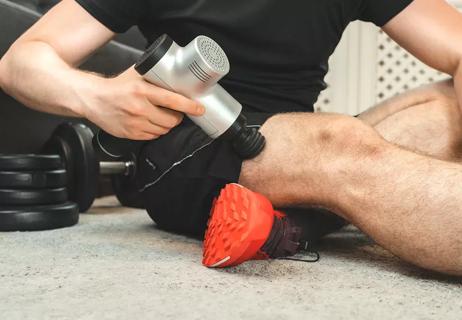
These percussive devices can help relax muscles when seeing a masseuse isn’t an option
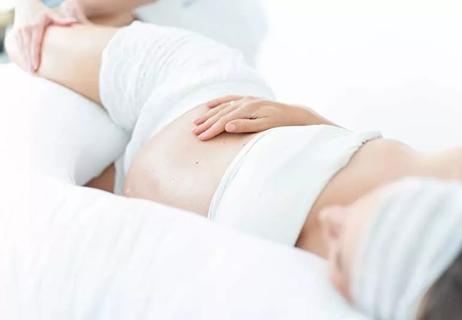
Different from a regular massage, prenatal massages are gentle with light pressure
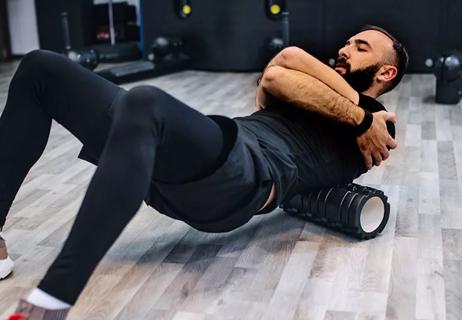
Foam tubes and rubber balls can help when you hurt
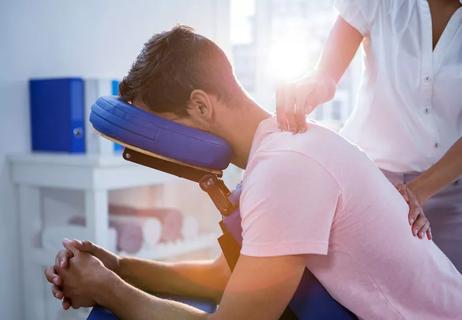
Medical massage can be tailored to your health needs and help you recover faster
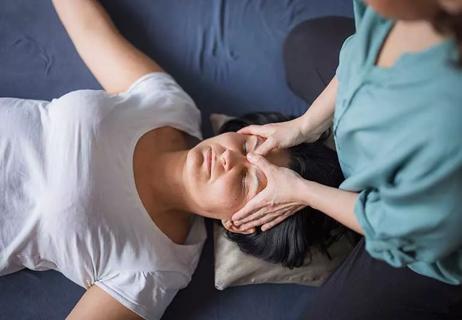
A gentle touch in all the right places may help drain your sinuses

Type 2 diabetes isn’t inevitable with these dietary changes

Applying a hot or cold compress can help with pain